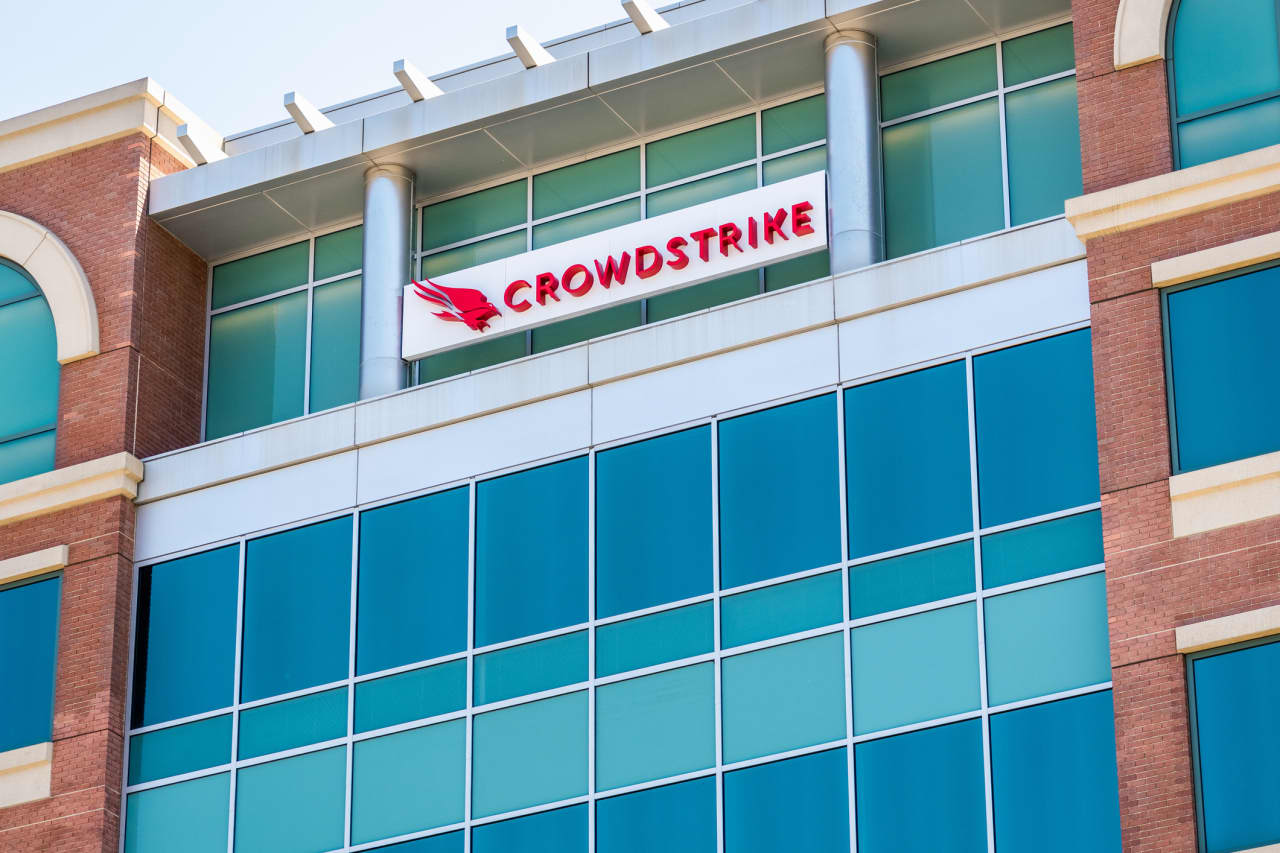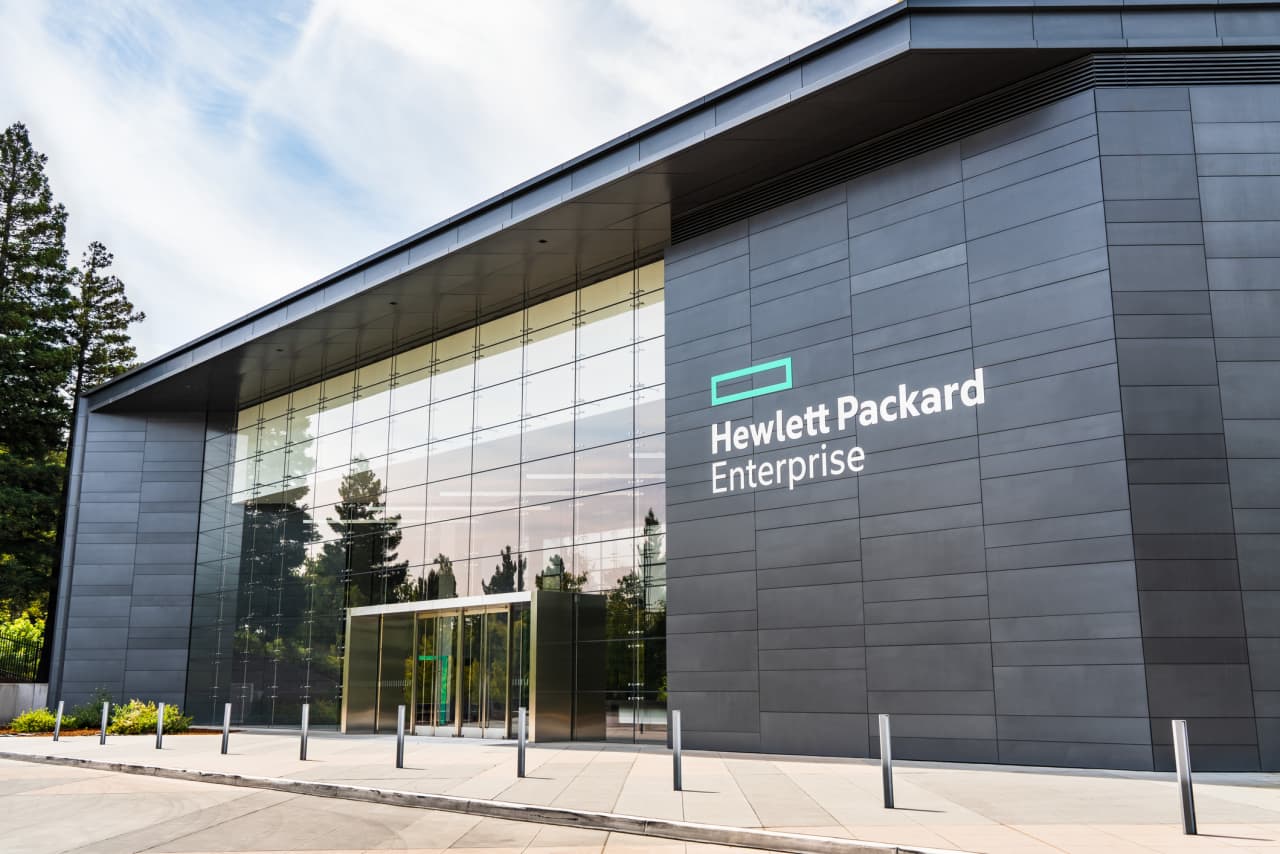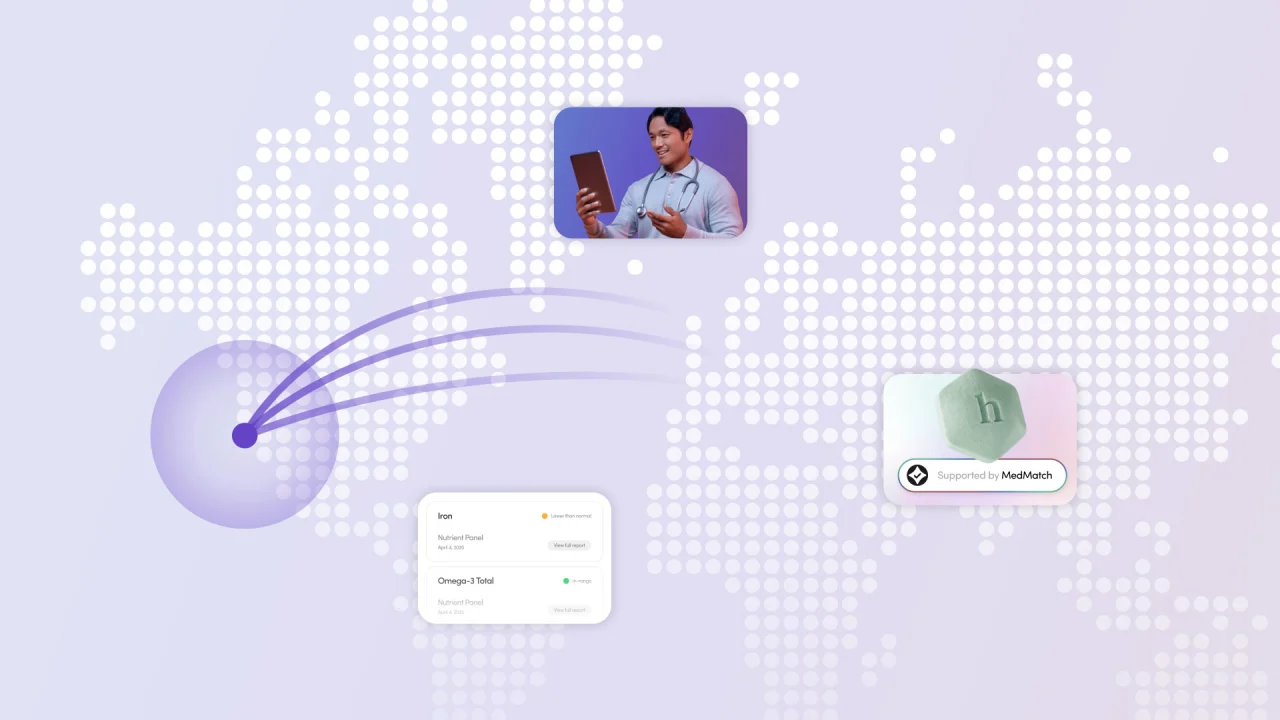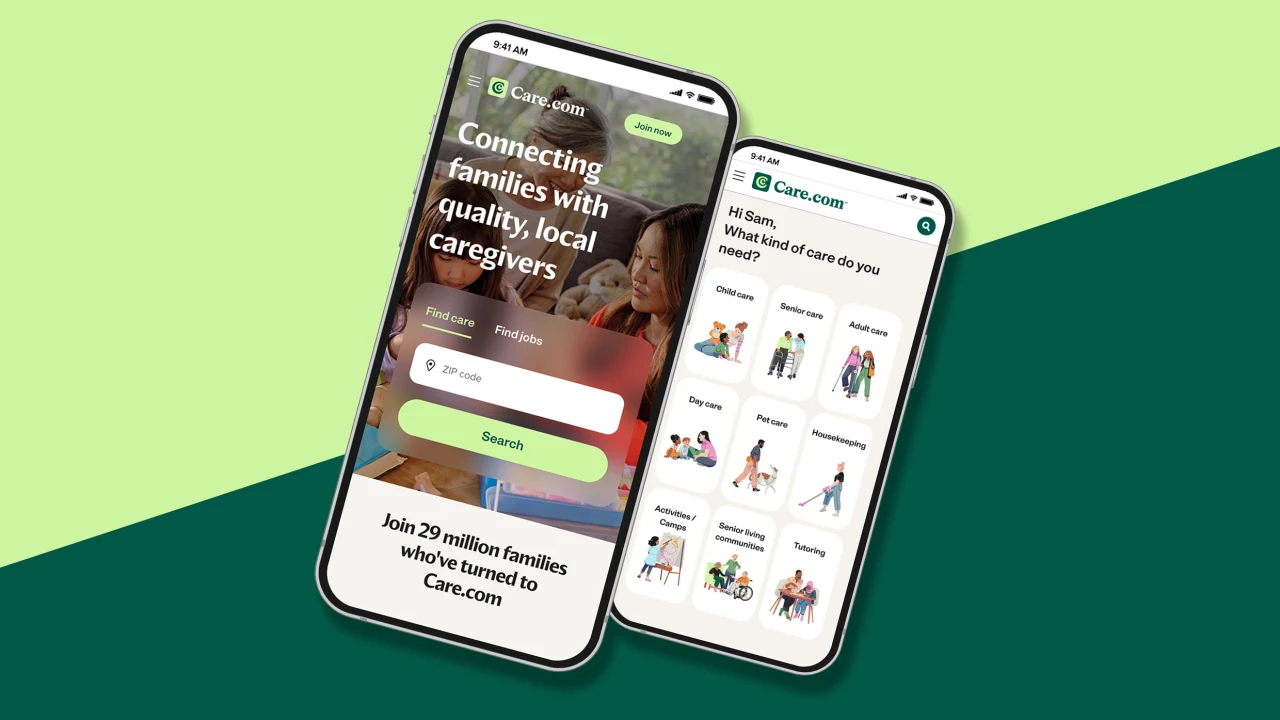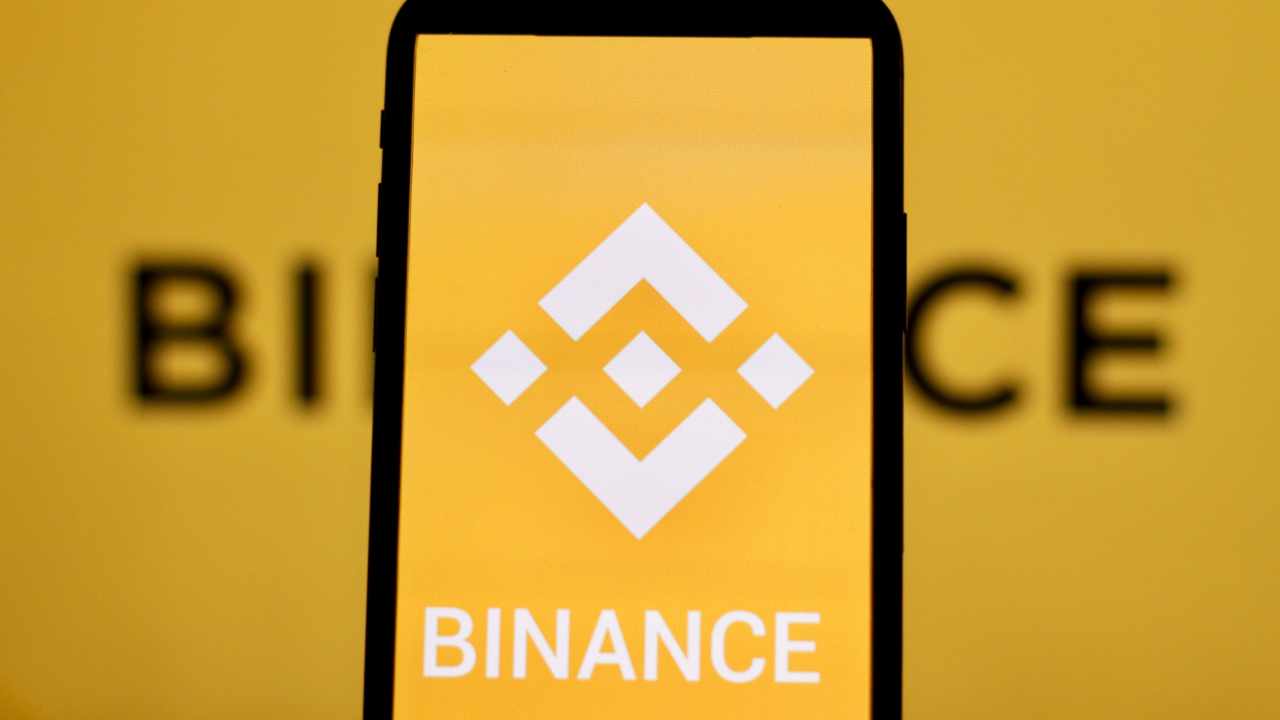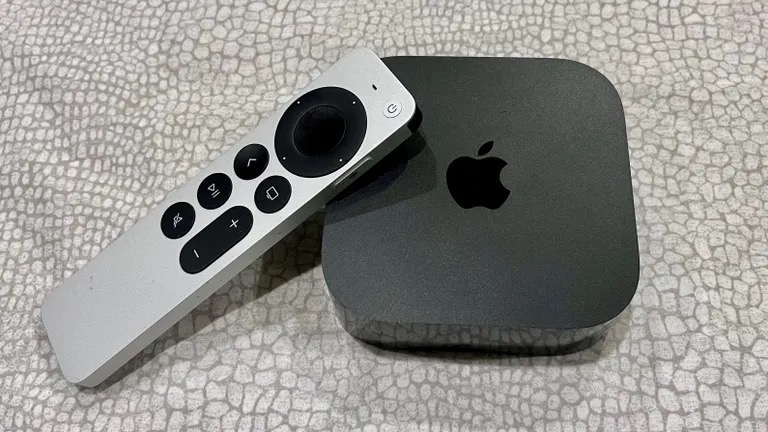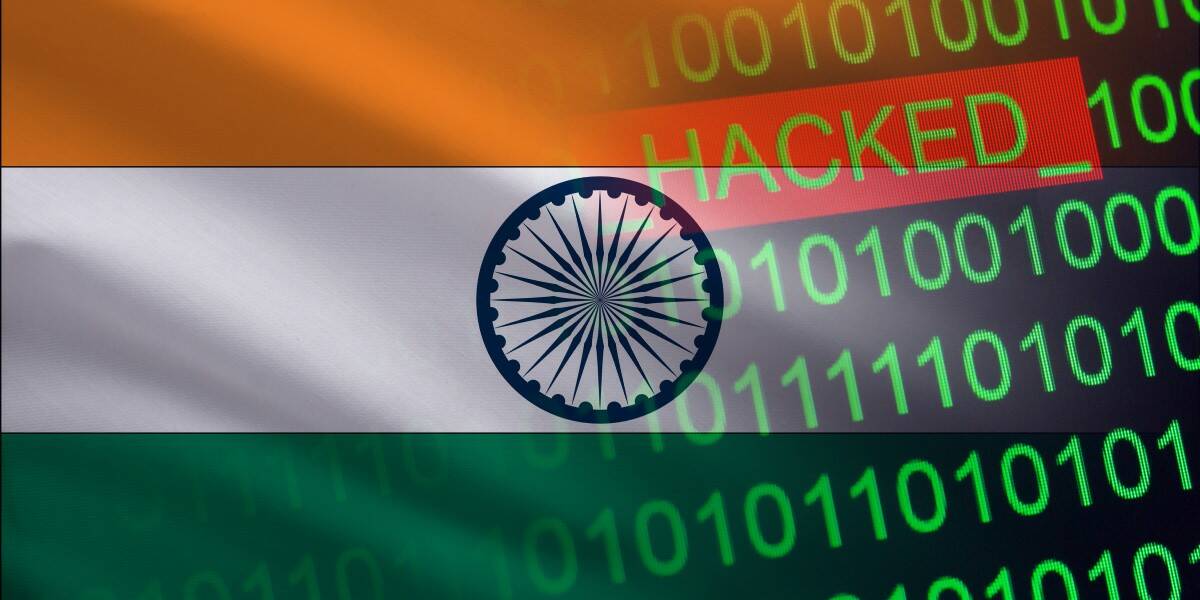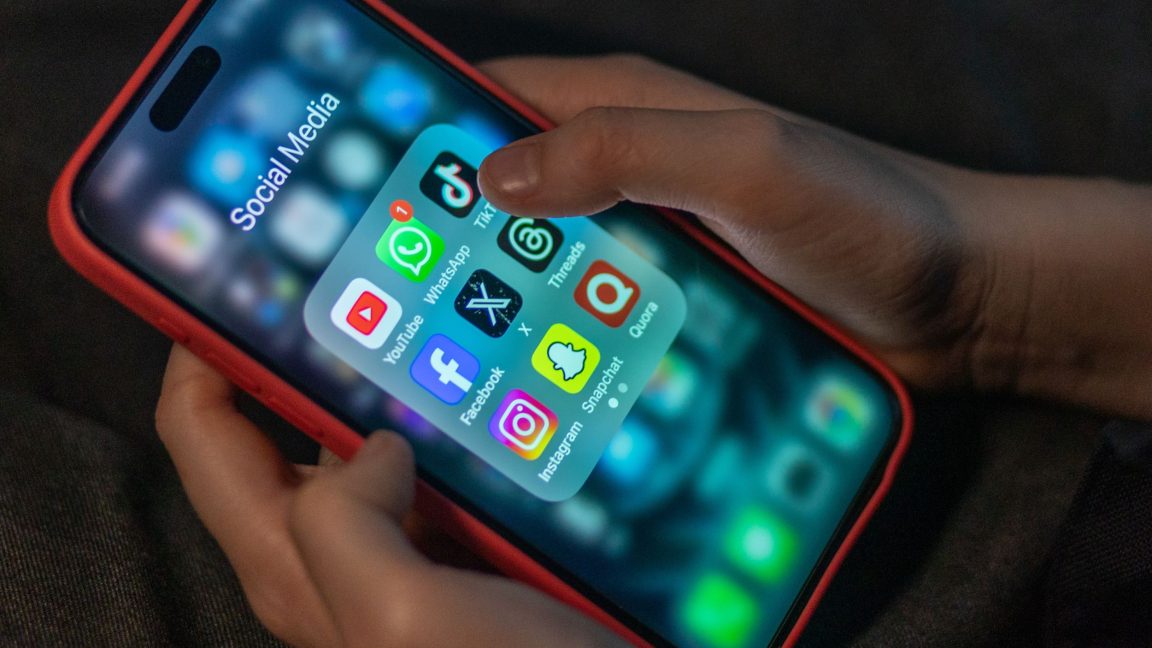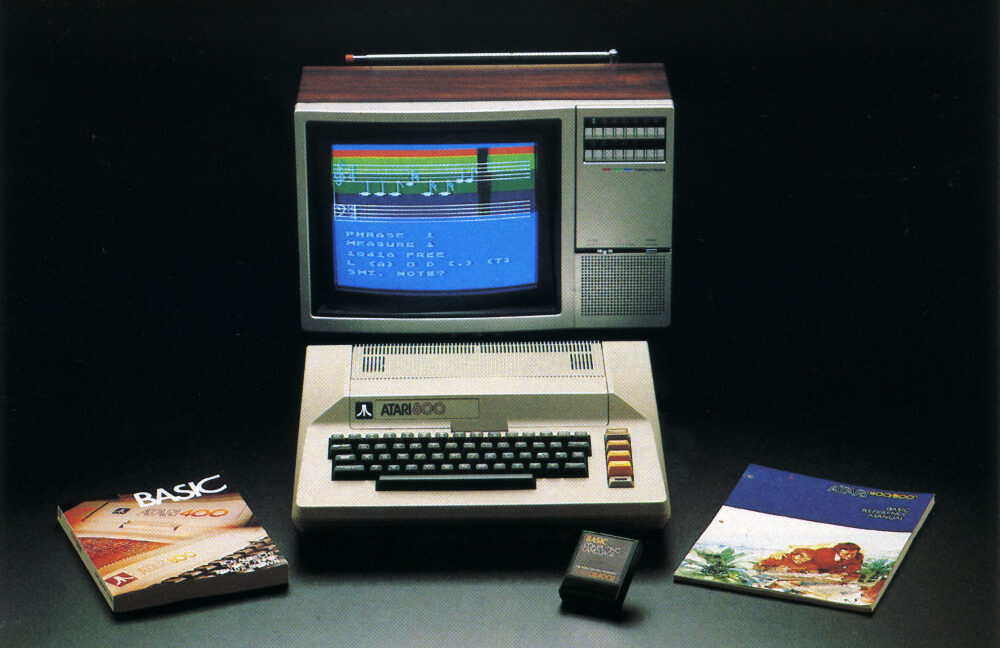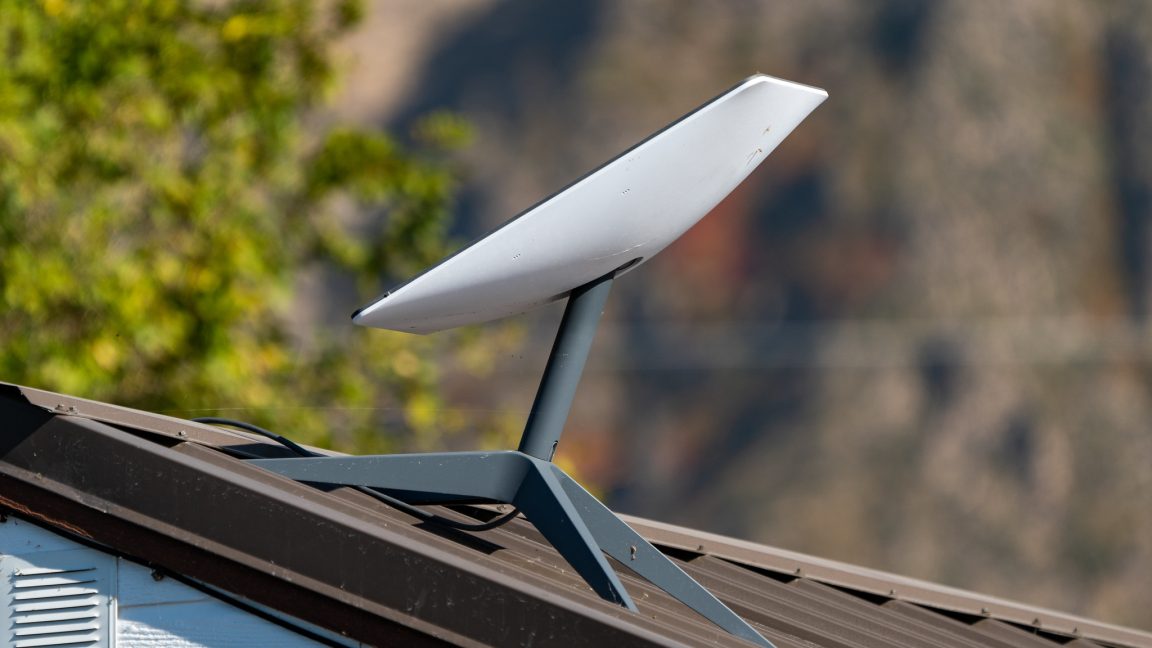The smart way to text via satellite with your smartphone: It’s not exactly rocket science
NEHALEM, Ore. — When I bought myself a phone that was built for satellite texting, nearly three years ago, I never thought my first opportunity to make a space-based connection would come in a cozy Oregon cafe. But there I was, standing up and pointing my iPhone toward the sky to find a signal while the rest of my family was eating brunch. It was my first lesson in the nuts and bolts of direct-to-cell satellite phone service — the sort of lesson that some smartphone users might be learning under more dire circumstances. One of the big selling points… Read More


NEHALEM, Ore. — When I bought myself a phone that was built for satellite texting, nearly three years ago, I never thought my first opportunity to make a space-based connection would come in a cozy Oregon cafe.
But there I was, standing up and pointing my iPhone toward the sky to find a signal while the rest of my family was eating brunch. It was my first lesson in the nuts and bolts of direct-to-cell satellite phone service — the sort of lesson that some smartphone users might be learning under more dire circumstances.
One of the big selling points for the iPhone 14 that I bought in 2022 was that you could send emergency SOS messages via the Globalstar satellite network if you ran into trouble in a cellular dead zone. GeekWire co-founder John Cook learned his lesson about the emergency alert system when he inadvertently triggered “the worst butt-dial” of his life during a hike through Dinosaur National Monument in 2023.
Since then, telecom network operators have worked to widen subscribers’ access to satellite texting, in recognition of the fact that you don’t need to have an emergency to appreciate being able to communicate from a dead zone.
“Millions and millions of people every single year find themselves in these situations where there is no cell service, and we’ve become so reliant on these devices — they’re our connection to the world — that it’s increasingly becoming challenging for people to find themselves in situations where it doesn’t work,” Mike Katz, president of marketing, strategy and products at T-Mobile, told me. “That’s really what inspired us, because we’ve always felt like our mission is to keep people connected.”
To address that coverage gap, Bellevue, Wash.-based T-Mobile struck up a partnership with SpaceX in 2022 to make satellite texting available through SpaceX’s Starlink network. That satellite option has been available on a beta-test basis for the past few months, setting the stage for an official rollout next month. Eventually, subscribers will be able to share photos, use data and make voice calls.
Other major telecom providers are rolling out their own systems for direct-to-cell satellite services. Because I’m an iPhone user with a T-Mobile plan, I won’t pretend to know the ins and outs of other companies’ offerings. Instead, I’d refer you to what Verizon and AT&T have to say about their plans on their websites.
And then there’s Apple’s built-in satellite offering, which popped up in that Oregon cafe. My sister and her daughter were visiting the Oregon coast, so my wife and I met up with them and were taking in the sights, texting photos to each other as we went. When I checked my phone in the Nehalem cafe, it turned out that we were seated in a corner that was just beyond the reach of any cell network. At last I had a chance to try out texting by satellite!
Pointers for satellite texting
Sure enough, a pop-up on the phone pointed me to a satellite setting I had never noticed before. The setting brought up a rendering of Earth’s globe with a satellite hovering off to the left — and I was directed to point my phone toward the satellite.
I held my phone high and pivoted to the left to send a text to my sister, not caring that the surrounding diners must have thought I was a classic tech jerk. I may have even tapped out the text while the phone was above my head.
It took a minute, but my sister got the text. I felt a little bit like Samuel Morse telegraphing “What Hath God Wrought?” Then my sister used the satellite connection to send a text back at me. That baffled me at first: I thought we were using T-Mobile’s service, but she was a Verizon subscriber.
Eventually, we figured out that we were both using Apple’s point-and-text satellite connection rather than T-Mobile’s Starlink connection. Once we finished our brunch and left our table, the standard cellular connections kicked back in. But I resolved to figure out why I didn’t get connected to T-Mobile’s Starlink service.

Several days later, I asked T-Mobile’s Katz about the mystery.
“Apple does have their network on certain devices, which, in my opinion, was great in a world where there were no other options,” he told me. “The way this is set up on iPhones, directly in the OS itself, is that the device will try to connect to the T-Mobile satellite network first, before it tries to connect to any other satellite network.”
So why didn’t T-Mobile and Starlink take over in Oregon? “You were inside?” Katz said. “OK, so satellite [technology] is a line-of-sight technology. You need a clear sky to get to it. … My guess is, because you didn’t have line-of-sight, our system didn’t see you. With Apple’s UI [user interface], if there’s no signal whatsoever, it starts giving you prompts for the satellite even if they don’t detect a satellite signal.”
When I followed the prompts and raised my phone toward the cafe’s translucent ceiling panels, Apple’s interface went ahead and hooked me up with the Globalstar network rather than the Starlink network. (I probably didn’t need to hold the phone above my head, but who knows?)
In search of dead zones
That little corner of an Oregon cafe probably rates among the world’s smallest and most manageable cellular dead zones. But there are wider swaths of territory where getting connected is more of a challenge. T-Mobile says more than 500,000 square miles of the U.S. are unreachable by terrestrial cell towers. All that acreage includes wilderness areas and remote stretches of highway where you’d want to make sure you can let folks know if you’re in trouble.
To put my satellite texting skills to a more rigorous test, I went in search of such cellular dead zones — and found out that finding them can be harder than you think. After studying T-Mobile’s coverage map, I decided to head for a stretch of road near Carnation, about 30 miles east of Seattle, and try my luck.
The bars on my phone dwindled as I drove along the Tolt River and into the woods. Soon I had no bars, and I was in the dead zone. It took a minute or so for my phone to seek out a connection. Depending on how and when I activated the satellite settings, I could choose between Apple’s point-and-text connection and T-Mobile’s automatic Starlink hookup. On the fringe of the dead zone, the satellite connection and the standard 5G/LTE connection ping-ponged back and forth unpredictably.
I tried texting my wife with one system, then the other. We found out that you shouldn’t expect to use satellite texting for a real-time conversation, since message receipt can be delayed by up to a few minutes. For example, my wife received the numbered text messages that I sent in a 4-8-10-9-11 order. The images we sent couldn’t be delivered until I drove out of the dead zone. And some of the texts I sent over a just-barely-there standard cellular connection weren’t delivered at all.

Texting via satellite isn’t the same as connecting over a 5G connection, but after the experiment, I felt more confident that I could get in touch with the folks back home if I needed to check in from a mountain trail, or if I was stuck with a flat tire on a mountain road in a dead zone. (That actually happened a few years ago — fortunately, a kindhearted driver stopped by and helped me change the tire.)
Katz pointed out that satellite connections aren’t just for sending messages. He said T-Mobile’s beta test suggests that such connections will be used more commonly for receiving messages.
“We’ve had millions and millions of text messages sent during the beta,” he said. “We see 10 times more messages received than sent. … If you’re not automatically connected, you’re missing communication. And so for us, we think that’s not just a big differentiator, it’s one of the most important differentiators, because people don’t want to have to do a lot of work to connect to their communication network. They want it to just work.”
What happens when the beta test ends and regular service begins in July? Some of T-Mobile’s subscription plans will include satellite service as part of the package, while subscribers to other plans may have to pay $10 a month. T-Mobile is also offering satellite service to Verizon and AT&T customers for the same price.
Apple says satellite messaging is free for two years after activation for the iPhone 14 and newer models. That no-charge period was extended for phones like mine. It’s not yet clear what the pricing model will be once the free period expires.
Is satellite connectivity worth paying extra for? I suppose it depends on the alternatives. During my experiment, I met up with Bill Rush, whose house sits in the dead zone near Carnation. Rush told me that he uses his home’s Wi-Fi connection for his communication needs, including messaging. “We have to reboot everything every once in a while,” he said.
I explained that he could probably also use a satellite connection to stay in touch, and I wondered out loud whether that’d be of interest to him.
“Probably not,” he replied.
Satellite connectivity is an option for iPhone 14 and newer Apple models, and for recently released Android phones from Google, Samsung and Motorola. For the definitive word on using satellite services with your mobile device, check out these resources:


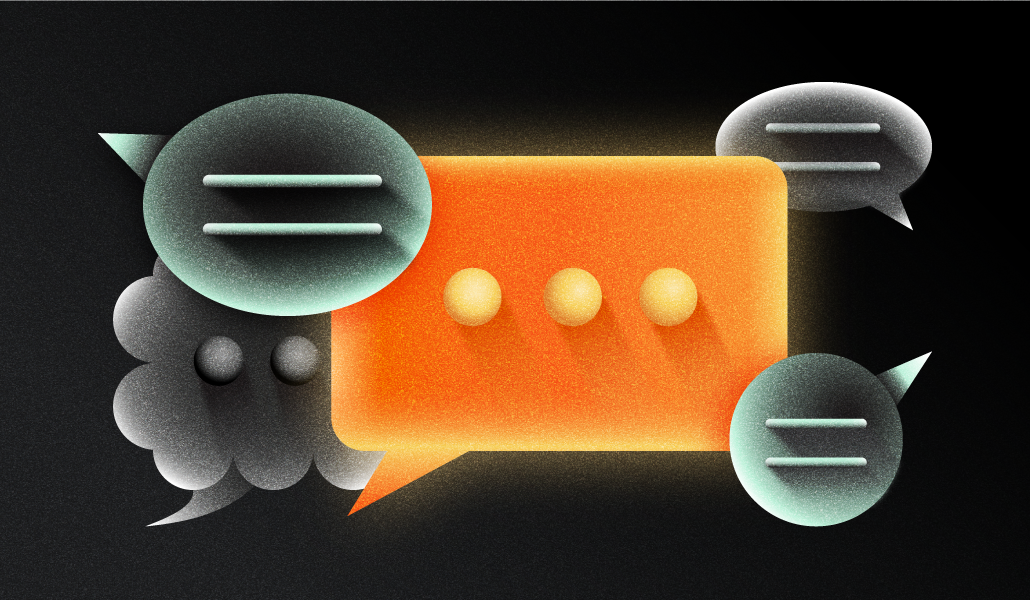
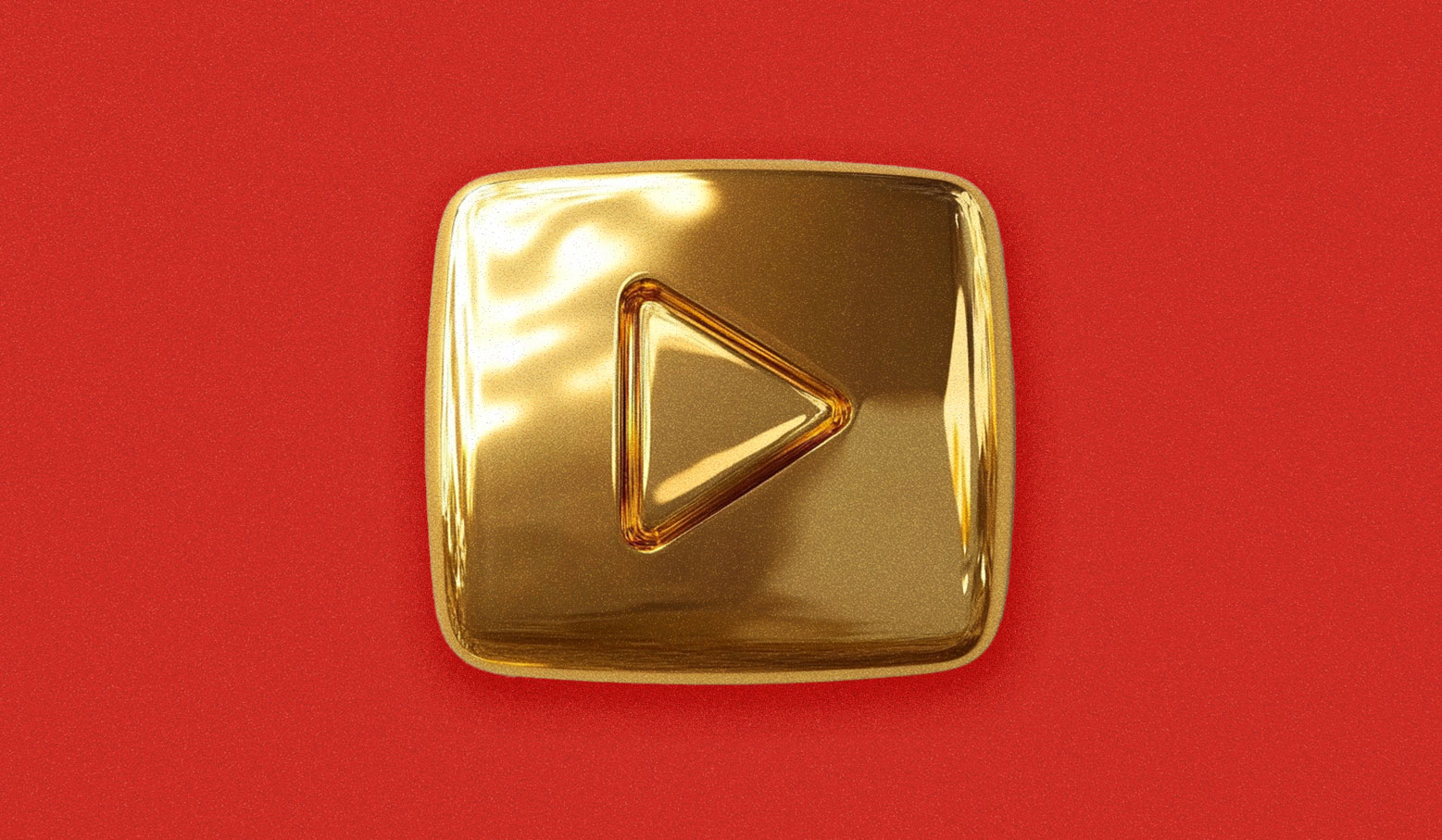







.png)




























